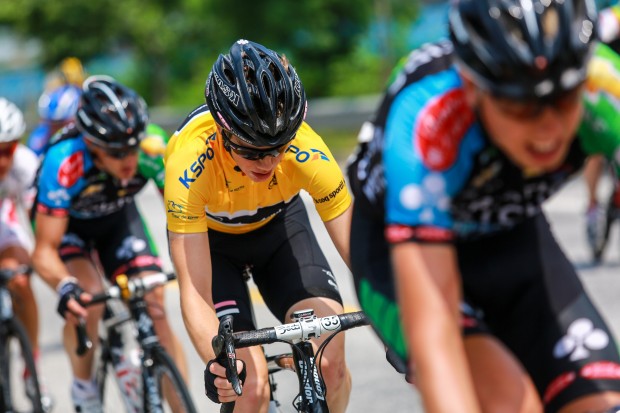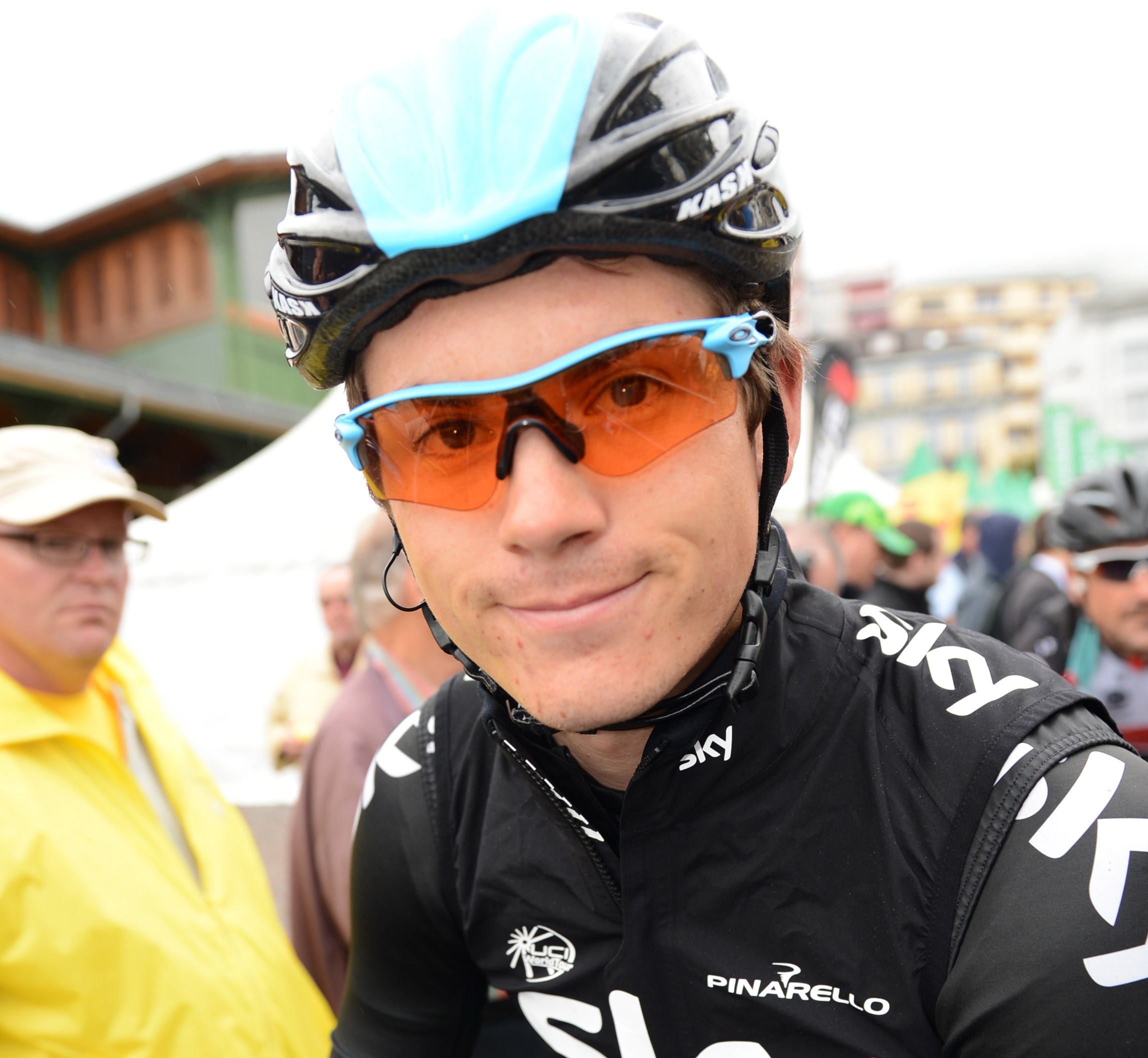The end of the racing season, and a winding down of the sportive calendar, with big events like L’Etape and the Dragon Ride giving way to reliability trials, signals winter for most cyclists as surely as the change of the clock.
With the country plunged into darkness by 5pm and earlier, and an almost unbroken forecast of poor weather to contemplate, many riders will be supplementing reduced time in the saddle with off-the-bike routines.
Exercises for the ‘core’ are becoming an increasingly popular part of a cyclist’s training regime, and we’ll be focusing heavily on techniques to improve strength in the abdomen and back with RCUK’s coaching columnist, Jo McRae, in the weeks ahead.

Additionally, throughout November, we’ll be looking at the winter coaching regimes of the pros, and Rapha Condor JLT’s Mike Cuming, who in June won the Tour de Korea, is among those who has adapted his training regime to include core exercises. “I’ve got into core training more and more over the last couple of winters,” he told RCUK. “It’s become a big part of it.”
For Mike, core training for the cyclist means strengthening the upper body sufficiently to extract the maximum performance from the legs. “It doesn’t matter if your legs are the world’s strongest, if you haven’t got a decent core to be able to cope with it,” he says. “If you don’t have a steady core, you can’t generate the power through to your legs.”
Core muscles tire before the legs, says Mike, typically after about 90 minutes to two hours, and not only on rides demanding a concerted effort, like a race or training ride conducted at ‘tempo’, but even on easy outings. “You’d start fighting the bike a bit more,” he says of a rider with untrained core muscles, often those new to cycling. “You wouldn’t be pedaling straight through the pedal stroke. You’d be wasting energy by pushing or pulling your way up a hill.”
Mike combines exercises to strengthen the abdomen with lunges, press-ups, sit-ups, squat jumps and others in a thrice-weekly off-the-bike routine he completes at home in sessions of about 30 minutes, supplemented with 10 to 15 minutes of stretching. He describes the exercises in his routine as ‘self-weighted’, which, as an additional benefit means they can be performed at home, without the need to trek to the gym to use specialist equipment.
‘The plank’ helps Mike strengthen his abdominal muscles. He supports himself on his arms, but others he says will support themselves on their palms, in a press-up position but without dipping to the floor. “Your legs are straight, and your bum’s in line with your back,” he says. “You’re not in an arched position. You’re trying to keep everything flat.”
When Mike started a regime of core exercises, he’d perform four or five repetitions of ‘the plank’, holding each for about a minute. “It’s a tough one,” he laughs. “You feel it after 30 seconds to a minute. You start to shake.” Once you become proficient, it’s possible to introduce variations into the position, like raising one of your legs. Mike uses another variation – the ‘side plank’ – where he supports himself on his elbow and forearm to work his lateral muscles.
Squat jumps are perhaps a more obvious exercise for the cyclist, with the focus on developing explosive power in the leg muscles. “They’re good,” says Mike. “Pushing up through the squat and trying to control the power.” He performs four sets of 10, and maximises the benefit from each by squatting down as far as possible and jumping as high as he can.
The humble sit-up and press-up also appear in Mike’s regime, the first as another exercise to strengthen his abdominal muscles, and the latter to strengthen his arms sufficiently for the significant time spent out of the saddle during a day’s racing.
Mike moves from one exercise to another, rather than performing three or four sets of the same exercise back-to-back. For riders who opt for the latter, he recommends a recovery period of between two and three minutes for each effort.
Of course, even in winter, core exercise are only a supplement to hours in the saddle. Mike’s last massed start race of the season was the Tour of Britain (he ruefully admits to a 14th placed finish at the national hill climb championships, in which team-mates Hugh Carthy and Richard Hanley finished fourth and fifth respectively) and has only recently returned to the saddle. It’s all relative, of course. As a pro cyclist, Mike’s 10 to 12 hours a week amount to “bits and bobs” in his estimation. “I just try to get out and enjoy it,” he says.
With a training camp in Australia pending as preparation for January’s Bay Crit series in Geelong, Victoria, Mike will want to begin the season in good shape. A defence of his Tour de Korea title next June, and a season-long focus on a strong performance at the 2014 Tour of Britain will provide further, very public tests of the core strengthening exercises he performs at home.




